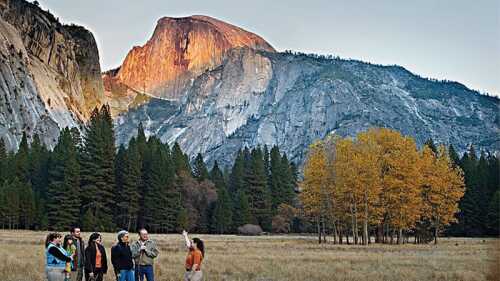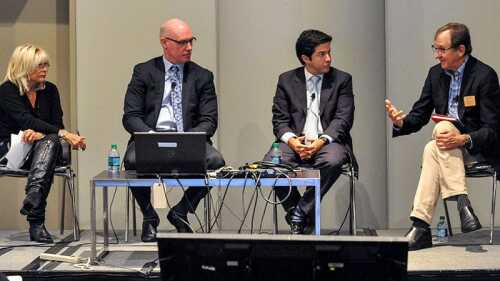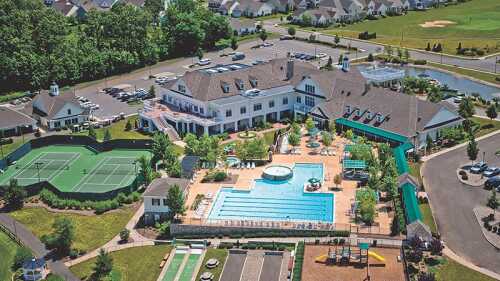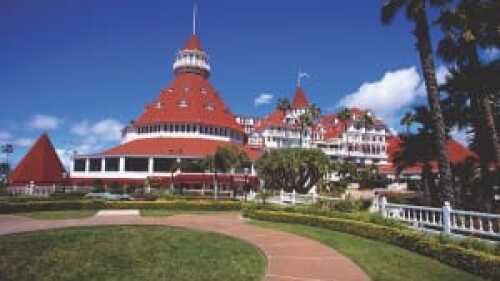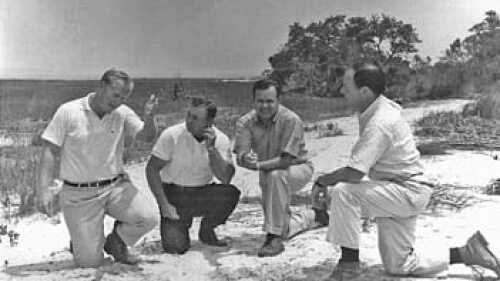Resorts/Second Homes
Resort communities are appealing places to live year round, with stunning natural beauty and recreational opportunities in abundance. However, the same factors that make these places attractive can make them difficult for locals.
Newly confident and deep-pocketed consumers are driving vacation-home sales to levels that have not been seen in a decade, said panelists at the ULI Fall Meeting. But prices have not yet reached previous peaks, and buyers are increasingly cautious and cost-conscious.
In a competitive global market, resort designers are racing to define the “new luxury.” The modern concept of luxury is “really about elegance and simplicity,” said Richard Centolella, a principal in design firm EDSA, during a panel discussion at the ULI Fall Meeting.
Tourism is a critical factor in the U.S. and world economies. “The impacts of tourism on a community can be beneficial if planned and managed, or extremely damaging if left without controls,” says Michael Kelly, former chairman of the APA’s tourism planning division.
Resorts and vacation homes—always the last real estate sector to recover from an economic downturn—are seeing increased activity, but developers are looking toward the future.
In many--and sometimes surprising--ways, 55-and-older consumers are seeking the same housing amenities and lifestyles as their youngers.
At a 2014 ULI Spring Meeting panel in Vancouver, three successful resort developers discussed how they are achieving success by focusing on health, wellness, and activities that bring together family members across all generations—even ex-spouses.
Three years into the recovery of the destination resort sector, the wayside remains littered with casualties from the previous boom-and-bust cycle. The primary culprit: crushing debt.
The 21st-century challenge facing Hilton Head, a resort town steeped in 20th-century tradition: how to reach beyond the affluent retirees drawn to its famed golf resorts to a broader market that includes baby boomers and members of generations X and Y who enjoy its pristine beaches, but who have many other recreational and cultural interests as well.
With an inclination for hiring the young and entrusting them with much responsibility, Charles Fraser employed many budding real estate professionals who eventually became accomplished leaders in both the industry and ULI, including four who became ULI chairmen.


